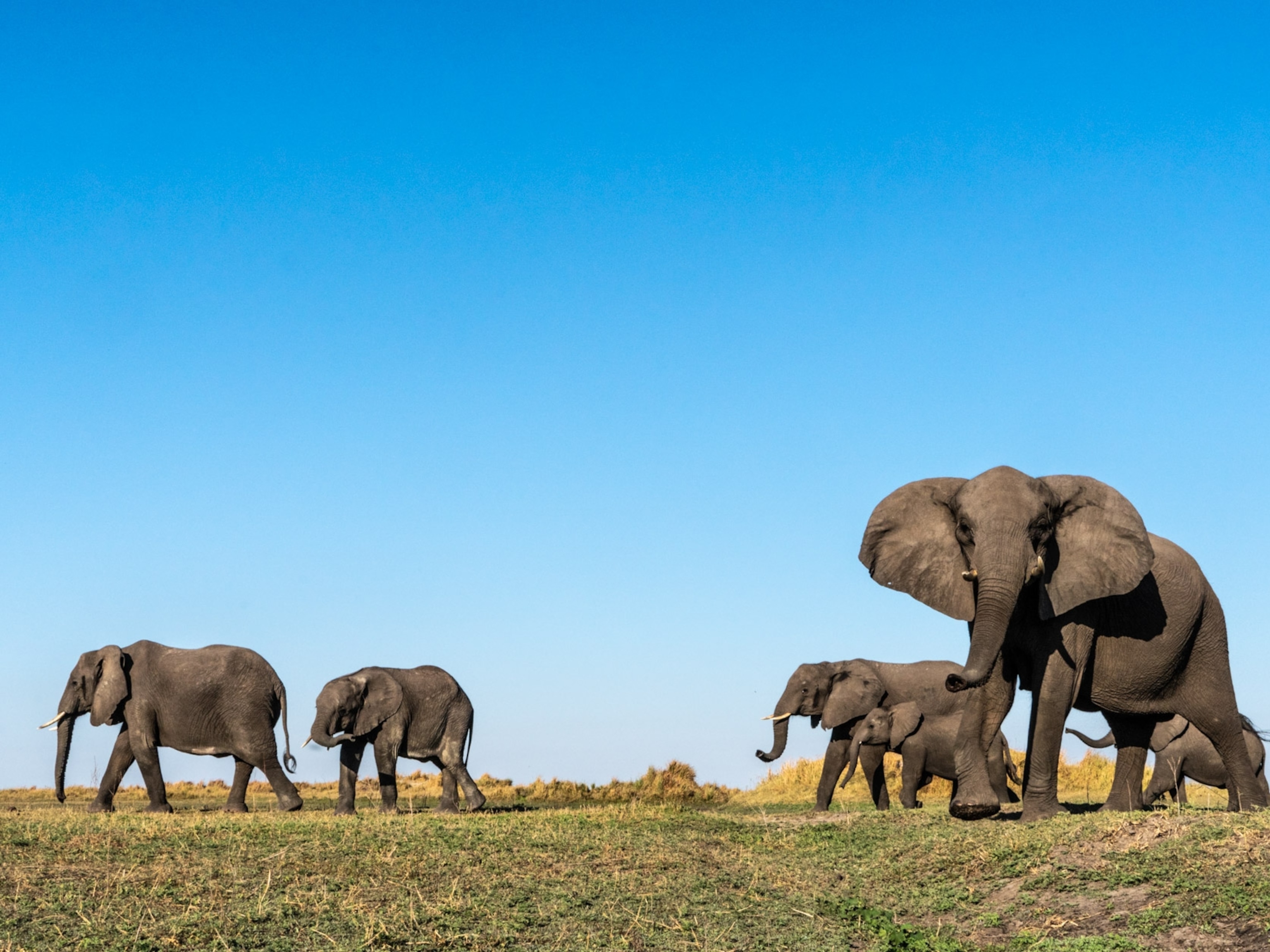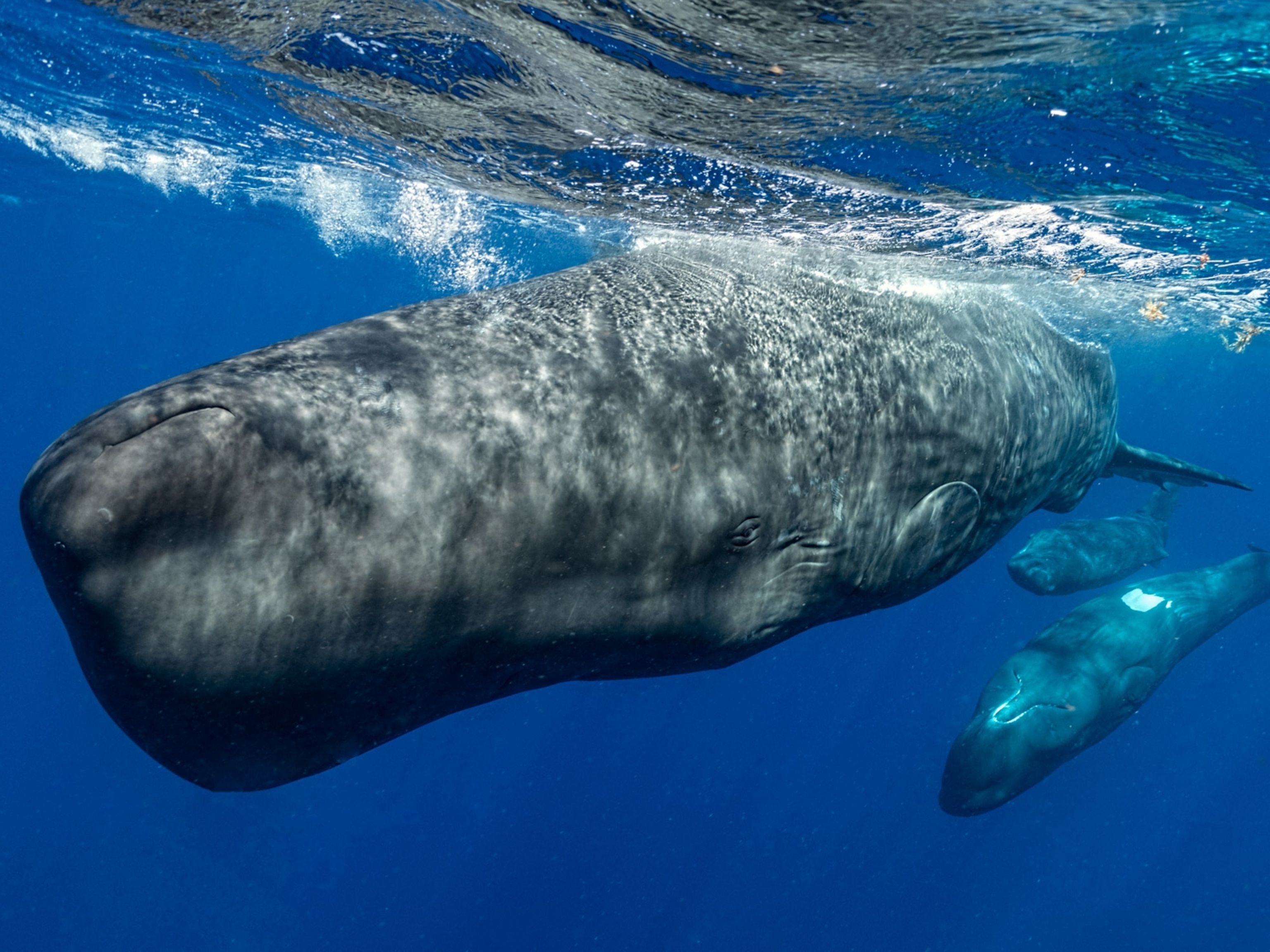These Wild Cats Make the Weirdest Sound
Video shows how lynx belt out their calls during a standoff.
A graceful lynx bounding through the snow is beautiful. But when these big cats open their mouths, grace and beauty aren’t the first words to come to mind.
Instead of a ferocious roar or a dainty mew, the calls made by these majestic creatures sound more like a squeaky door hinge.
In 2010, a video showed two lynx sitting face-to-face at night and mewing at each other for nearly five minutes before one walked off.
What Are They Doing?
The lynx in the video are in the middle of a territorial dispute, explains biologist Mark McCollough , who oversees endangered species for the U.S. Fish and Wildlife Service’s Maine office. The road may mark a boundary between their two territories.
Lynxes, and particularly males like the two in the video, have large ranges and may have been meeting for the first time. "In Maine, home ranges average about 27 square miles for males and about 12 square miles for females,” he says. The size of a lynx’s range is based on the availability of its main prey, snowshoe hares. Where fewer hares are available, lynx must roam larger territories to find food.
The aggressive calls, McCollough says, serve as a substitute for physical combat. With their large teeth and claws, lynx could easily inflict damage during fights for territory, but they instead caw at each other, leaving both uninjured.
Maine's Department of Inland Fisheries and Wildlife describe the animals as naturally calm animals that are generally ambivalent to people.
While the cats can appear large in photos, Jim Zelenak, a biologist with the U.S. Fish and Wildlife Service, noted that they’re not much bigger than house cats and only weigh around 15 to 30 pounds.
“Bobcats are about the same size and make similar sounds in terms of pitch,” he said in an email.
Three distinct calls were noted in a 1998 study published in Canadian Field Naturalist. Lynx make long, wailing calls to attract mates, low growls to claim their territory, and short barks to locate offspring.
Canada Lynx in the U.S.
With populations on the rebound in Maine and other northern U.S. states, this likely isn't the last time we'll hear the lynx's strange, guttural calls.
Lynx in the region are "at a historic high number with the population continuing to increase," says Jennifer Vashon, a black bear and Canada lynx biologist with the Maine Department of Inland Fisheries and Wildlife.
The species is classified as a species of least concern by the International Union for the Conservation of Nature, but in the U.S. is considered threatened because of climate and habitat threats to snowshoe hares, their primary prey.
The largest population of Canada lynx in the U.S. are currently in Maine where more than 1,000 can be found. However, breeding populations can also be found in Montana, Minnesota, Washington, and Colorado, and occasionally they're spotted in other states along the northern border.
Editor's note: This article has been updated with new video.





